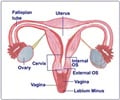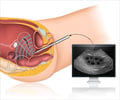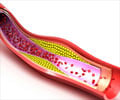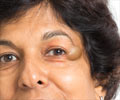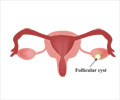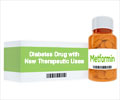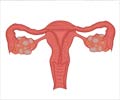Polycystic Ovarian Syndrome - Symptoms
Women with polycystic ovary syndrome may display a wide range of clinical symptoms
Women with polycystic ovary syndrome may display a wide range of clinical symptoms but they usually present for three primary reasons - menstrual irregularities, infertility and symptoms associated with androgen excess (e.g., hirsutism and acne).
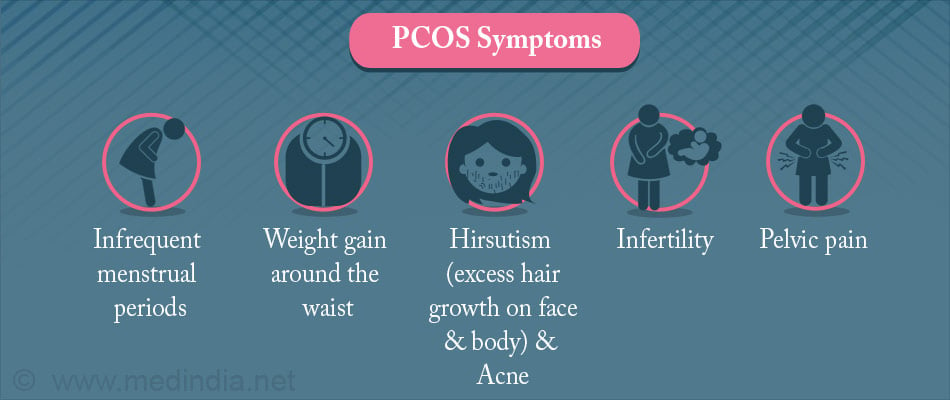
- Menstrual irregularities - Diminished or infrequent ovulation causes menstrual irregularity and occurs in 70 percent of women with PCOS. Most women with the syndrome experience menarche at a normal age but have irregular menstrual periods that gradually become more abnormal, often leading to no menstrual cycles or amenorrhea.
- Infertility - generally resulting from lack of ovulation
- Hirsutism (excess hair)- Increased hair growth and distribution of body hair may be in a male pattern
- Obesity or weight gain- More than 65 percent of women with PCOS have a body mass index exceeding 27. Commonly a woman with PCOS has an apple shape where excess weight is concentrated heavily around the waist. Significant weight gain appears in the mid-teens and accelerates in the later teens and early 20s.
- Androgenic alopecia - male pattern baldness or thinning of hair.
- Acne/Oily Skin/Seborrhea-Oil production is stimulated by overproduction of androgens.
- Dark patches of skin (Acanthosis nigricans) most commonly on the back of the neck, but also in skin creases under arms, breasts, and between thighs, occasionally on the hands, elbows and knees.
- Skin tags, or tiny excess flaps of skin in the armpits or neck area
- Insulin resistance, hyperinsulinemia, and diabetes - hyperinsulinemia and insulin resistance occur at higher rates in women with the syndrome.
Hyperinsulinemia maybe one of the main reasons for increased production of ovarian androgens, such as testosterone.




